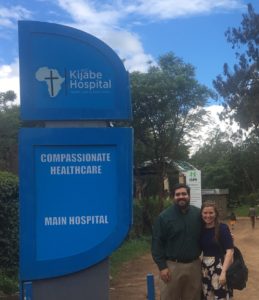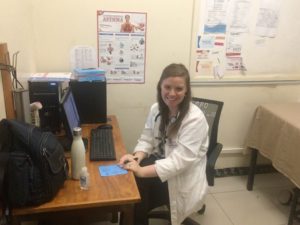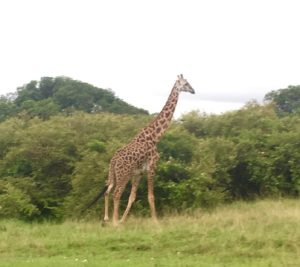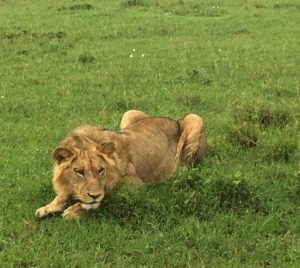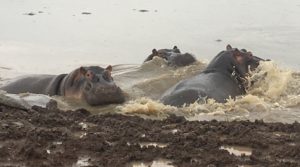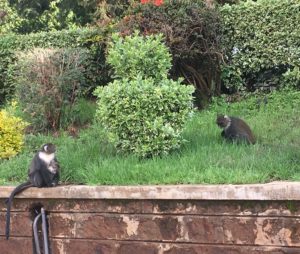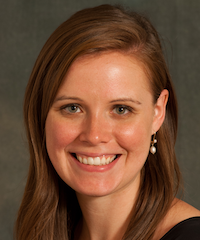Week 3: Female Ward
December 20th, 2019 by Elaina Truax Russo
Posted in Uncategorized|
It is hard to believe week 3 is now complete, which means our time at Kijabe has come to an end. The time surely has flown and it is sad to be leaving. However, I have a feeling we will likely be back someday in the future.
This week, I was on the inpatient female ward. My team consisted of Consultant Dr. Tony (Internal medicine attending physician originally from Texas), a clinical officer, a clinical officer in training, and a medical student. The first few days I mainly observed on rounds in order to get the hang of things. The past 2 days, however, I had the chance to run rounds with the team and act as a consultant (attending).This was a great learning experience as it gave me a feel for what things would be like if we return in the future, after residency. It also gave me a chance to do some teaching and to make some medical decisions. When making decisions, cost of care was often considered as well as long term goals and prognosis.
Unfortunately, we had some very ill patients this week. There were several women with advanced (stage 4) cancers. This led to discussions about goals of care and code status. There is an ICU at Kijabe and they have the ability to intubate and have patients on ventilators. While these resources are limited, this is much more advanced than other hospitals we have worked at in the past in Africa. I had the opportunity to sit in on two family meetings which were run by the palliative care team. It was interesting to see how these conversations culturally compare and contrast to conversations back home with families.
Christmas is right around the corner. On Wednesday morning in chapel, we sang Christmas carols in both English and Swahili and had a cake to celebrated the birth of Jesus. It was a special time of celebration. Last night and tonight, there are advent activities at some of the long-term missionaries houses. We have appreciate the kind hospitality of the people we have met during our time here.
If you are considering going to Kijabe, I highly recommend it. It was a great learning experience as a resident. I could see this as a place to return to periodically over the long-term. The people are kind and gracious and the landscape is absolutely beautiful and seems like what the Garden of Eden would have looked like. I have never been anywhere quite like it and I am thankful for this opportunity.
Tomorrow we plan to go to the giraffe center and elephant orphanage before our flight out. It will be nice to be home in time for Christmas.
Thank you to everyone who has supported and prayed for us during this this trip. We greatly appreciate it.
